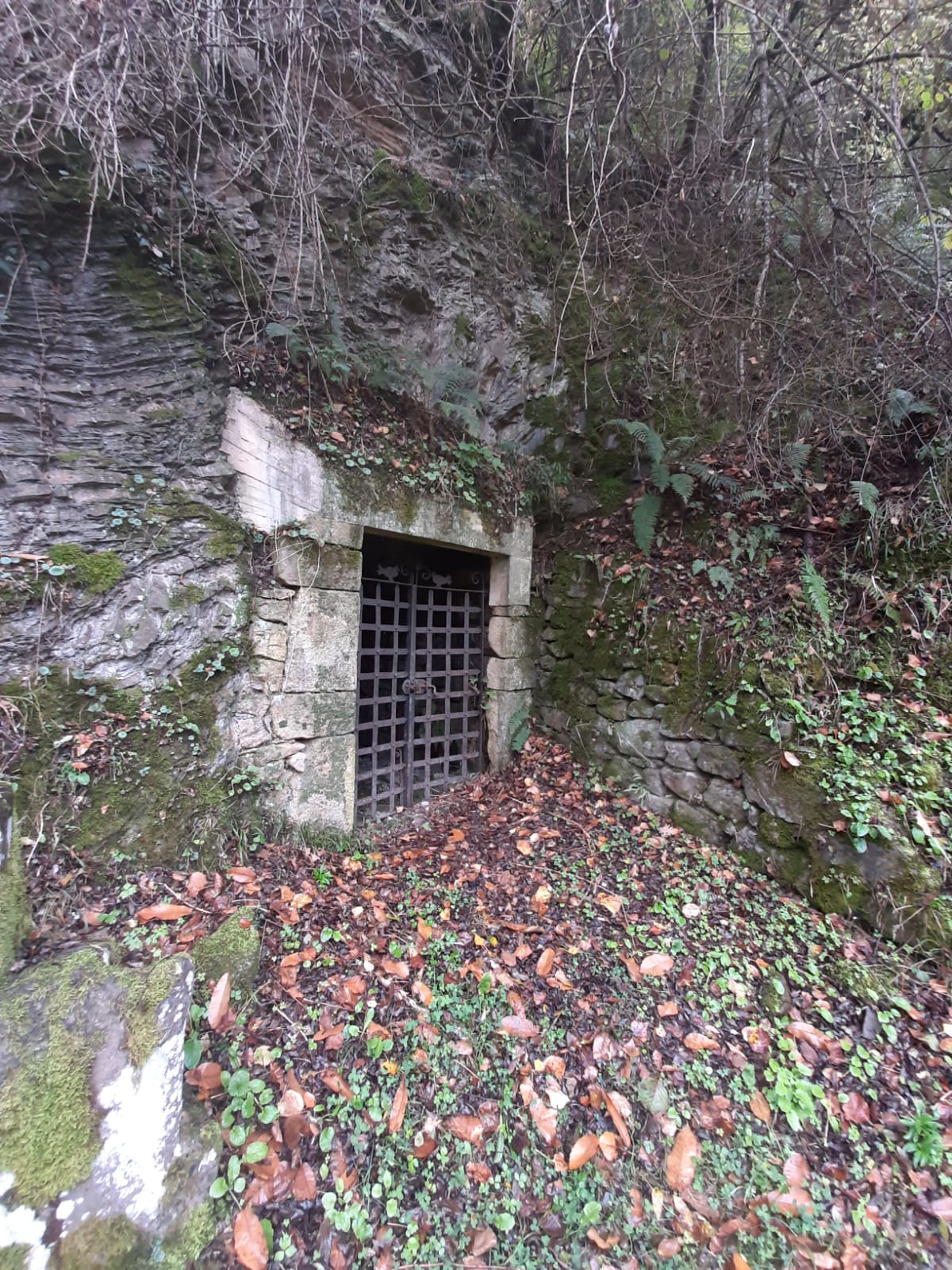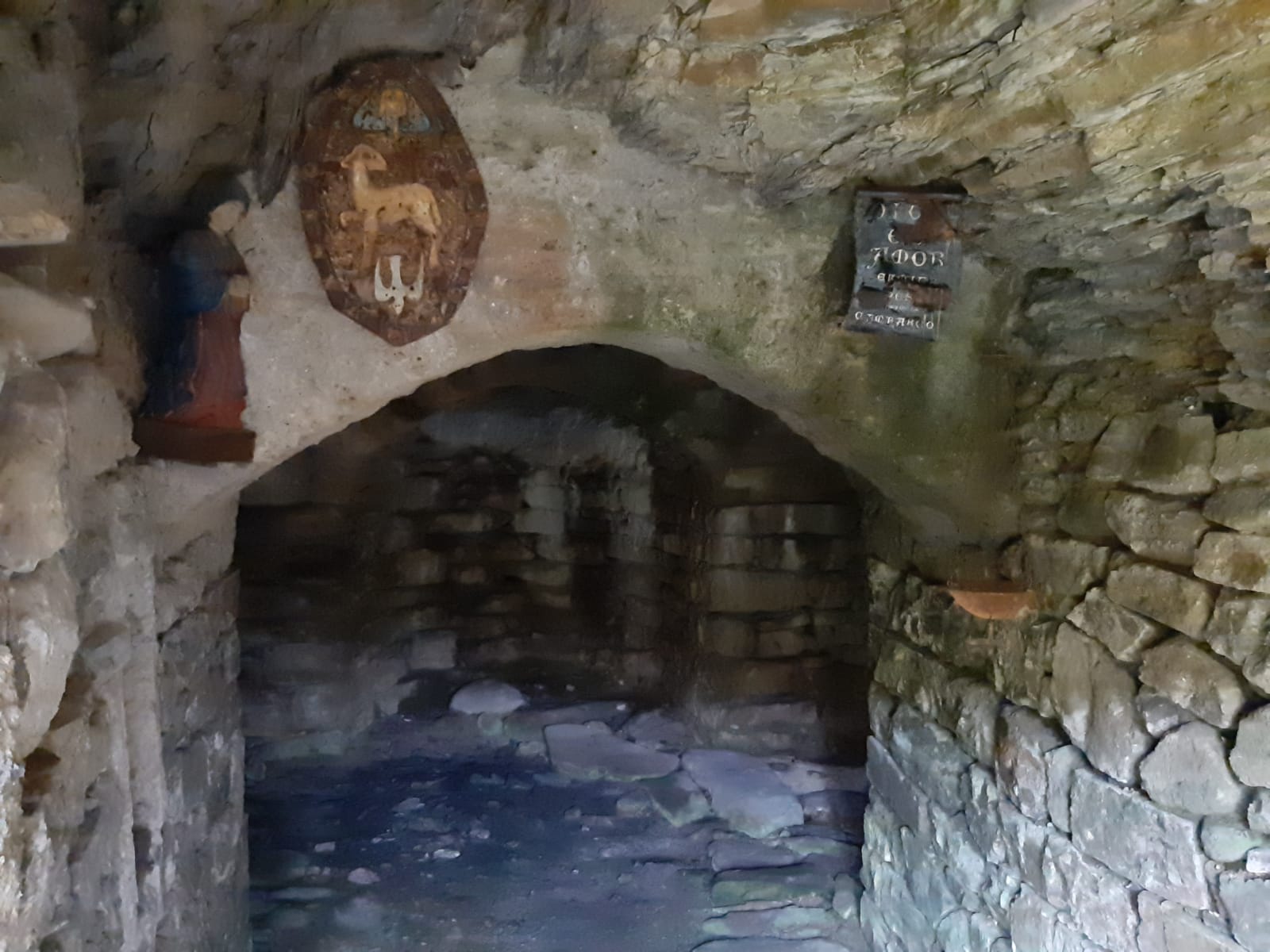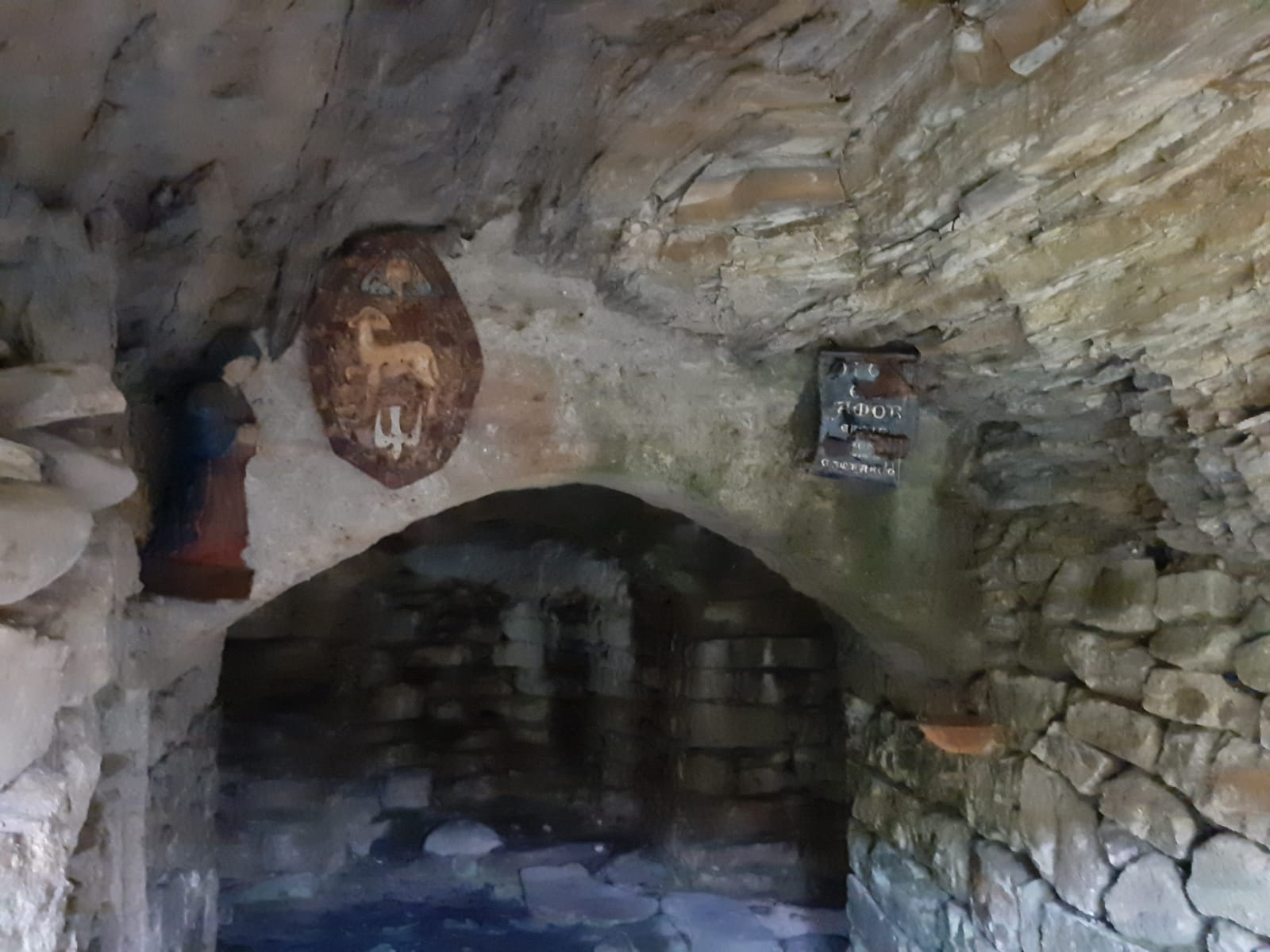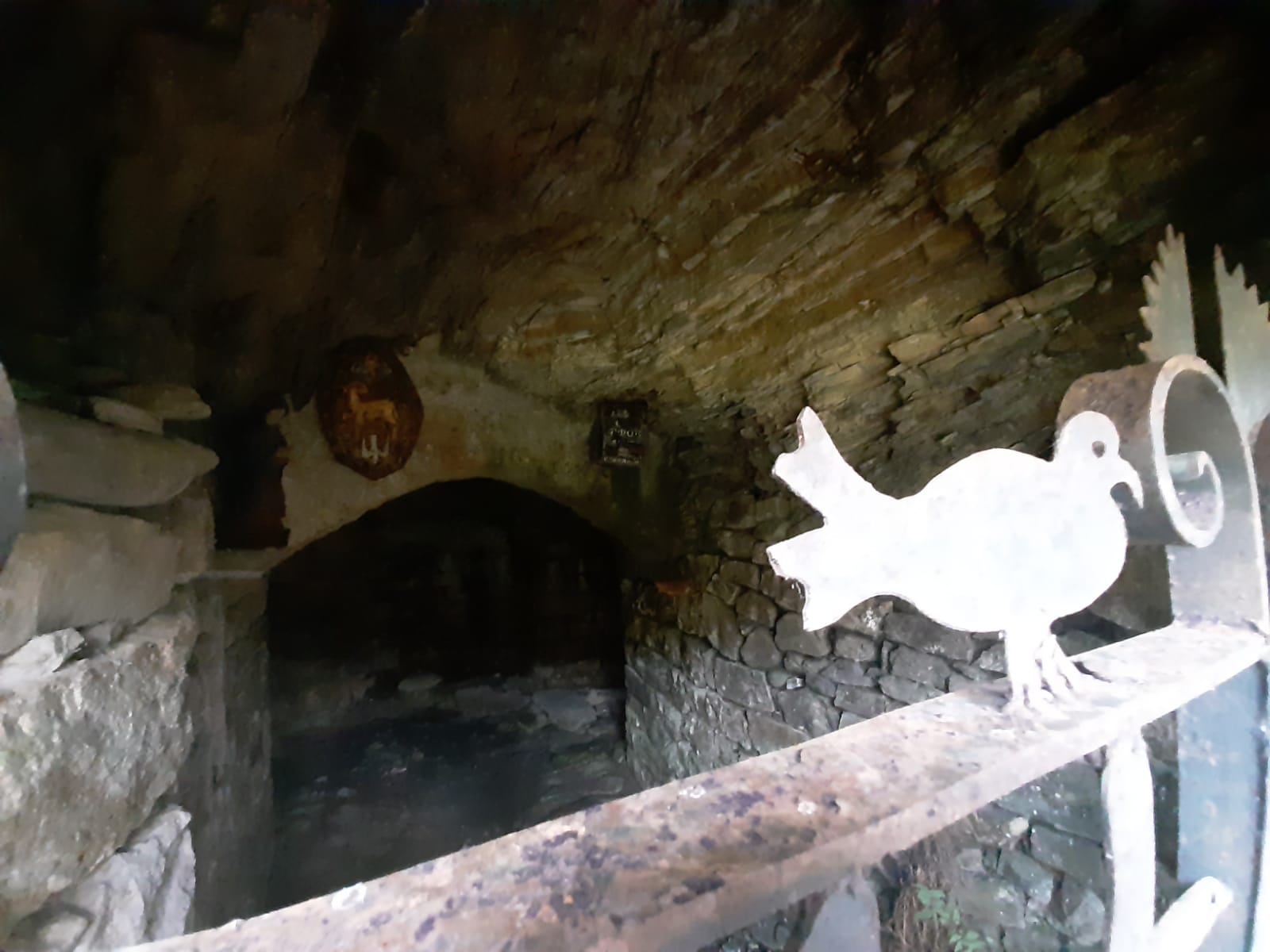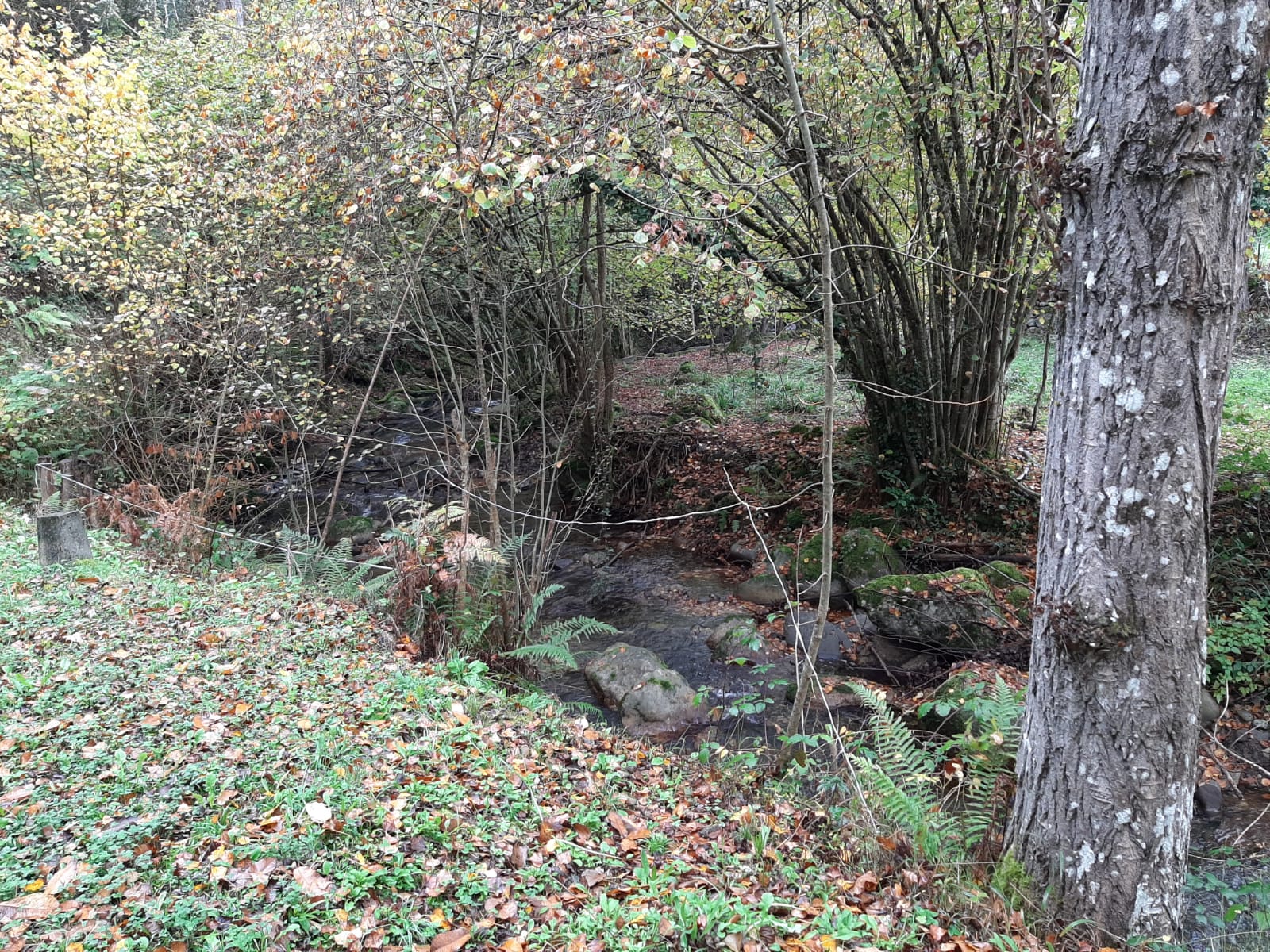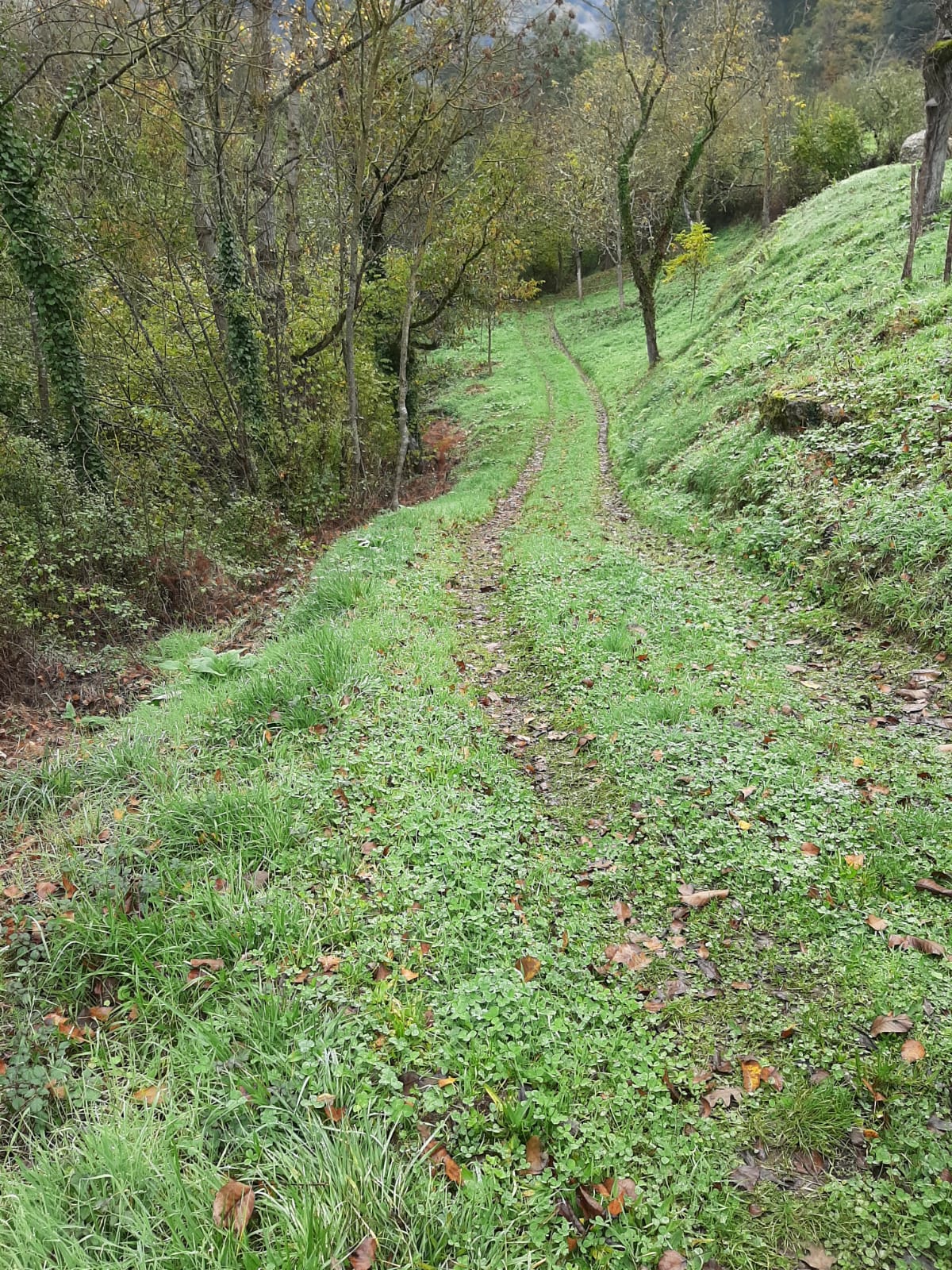Age of the artistic representations: Adding up the studies carried out, we could conclude that we are dealing with an element of Cultural Heritage with a double functionality throughout history, going from a religious space during the High Middle Ages (8th-11th centuries) to a space for wine production, between the 19th and 20th centuries. Quite possibly, the enclave suffered long periods of abandonment and oblivion over the centuries, possibly losing its religious character after the political stability derived from the withdrawal of the Muslims to the Duero border and the generalisation of the construction of Romanesque style churches in the 12th-13th centuries.
General description of the destination: The trail from the village of Cambarco to the chapel, following the left bank of the river Aniezo is very pleasant enjoining the landscape and the natural values of the little valley. The chapel is a hypogean space – or small cavity – excavated in slate-type rock, which is reinforced with ashlar walls that support slightly pointed segmental arches of calcareous tuff stone. The walls delimit a triple semicircular exedra chevet, in the Byzantine tradition.
It has a single central nave and three apses arranged in a trefoil shape, which are accessed by three toral arches that also reinforce the ceiling of the gallery, ennobling and reinforcing the simple cavity excavated in the fragile slate.
History of the site: The cave chapel of Cambarco was made known by the Lebanese researchers Pedro Álvarez and Andrés Alonso in 1983. Subsequently, doctors Enrique Campuzano and Ramón Bohigas directed an archaeological excavation of the site, identifying it as a cave church from the end of the 8th and/or beginning of the 9th century AD. In 1997 it was restored by the Government of Cantabria, at which time it was consecrated by the bishop of Santander. More recently, the researcher Manuel García Alonso documented the use of this space as a wine cellar (the “Bollano cave”), from the end of the 19th century until its abandonment in the 20th century, after a collapse that left it practically sealed.
Museographic resources description: Approach signposting from the village of Camarco and educational panels.

